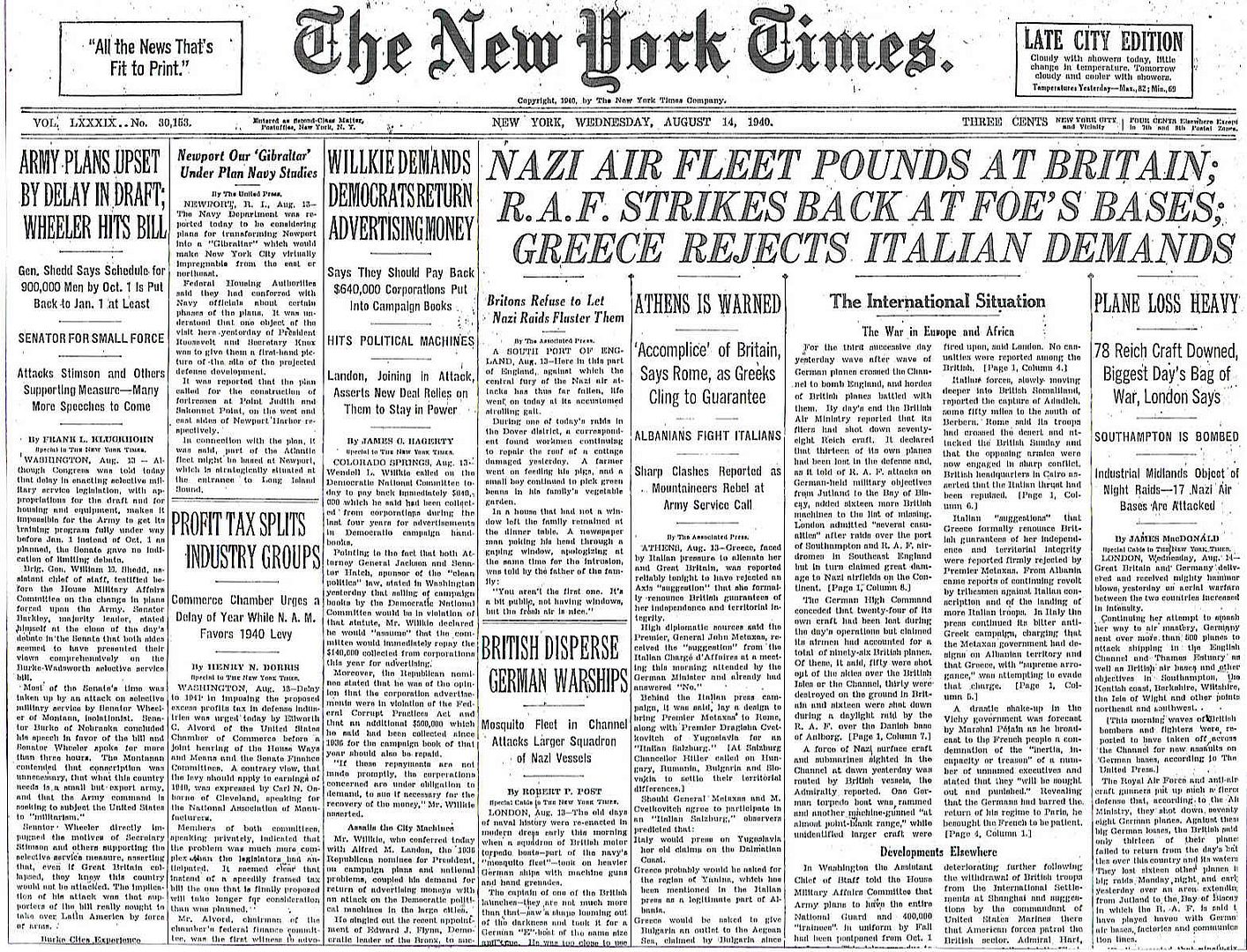
Posted on 08/14/2010 5:32:51 AM PDT by Homer_J_Simpson

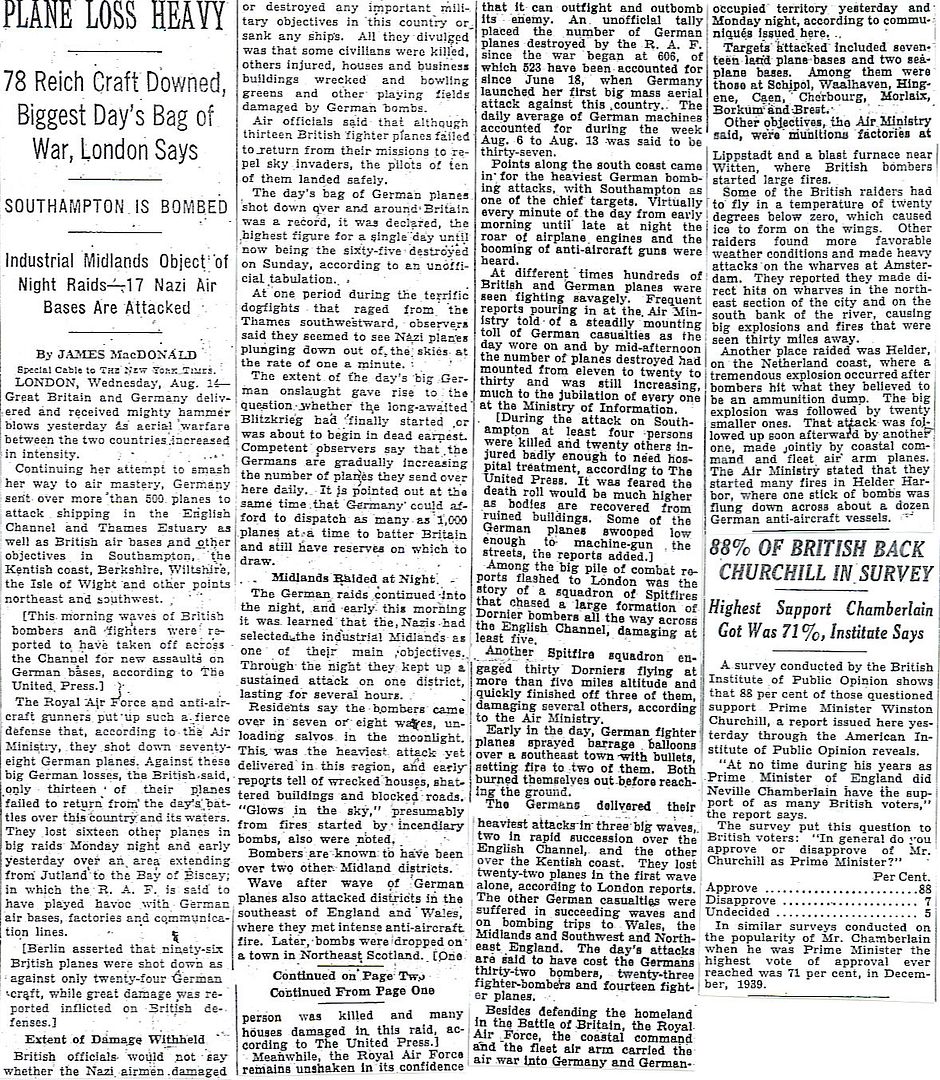
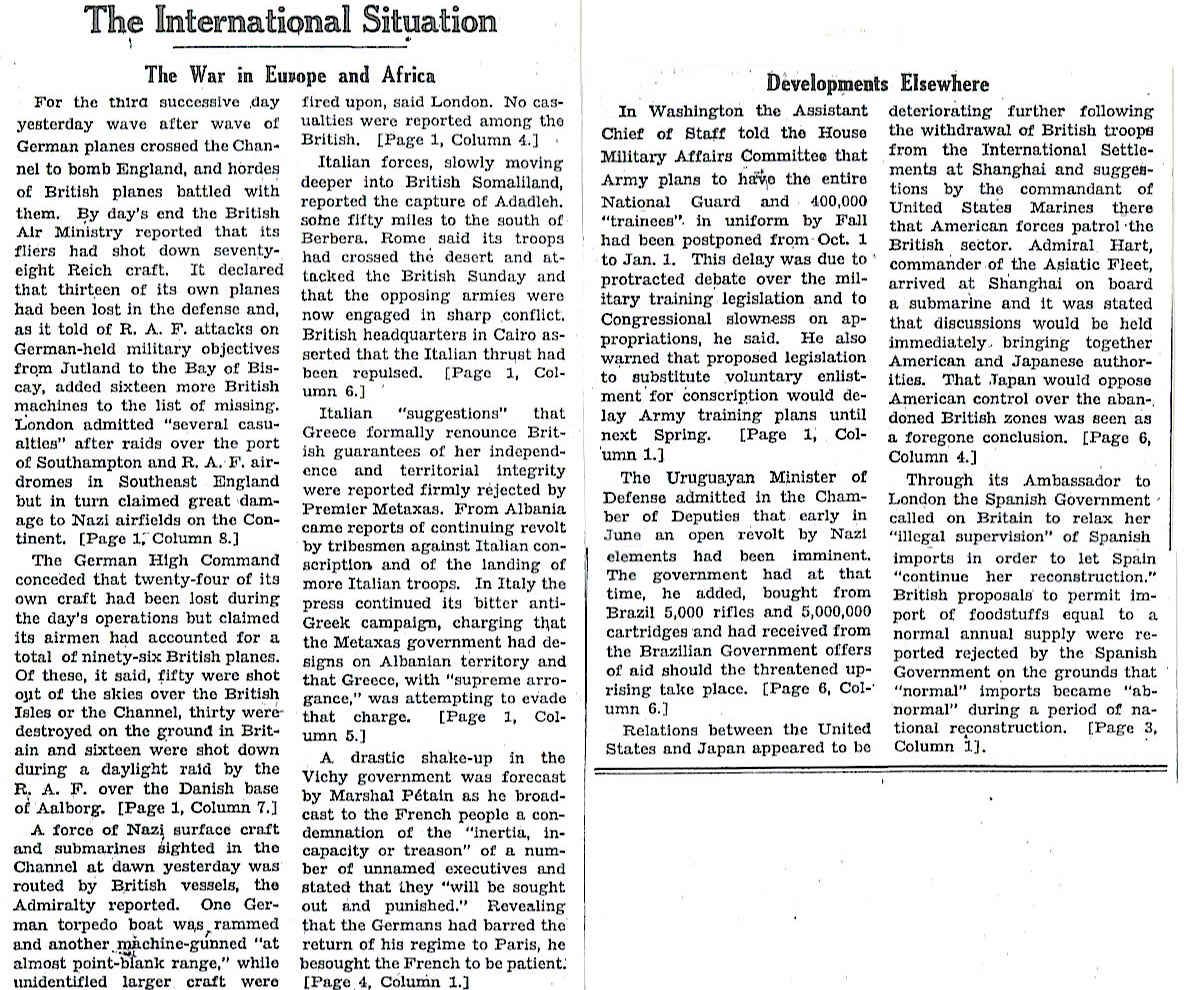
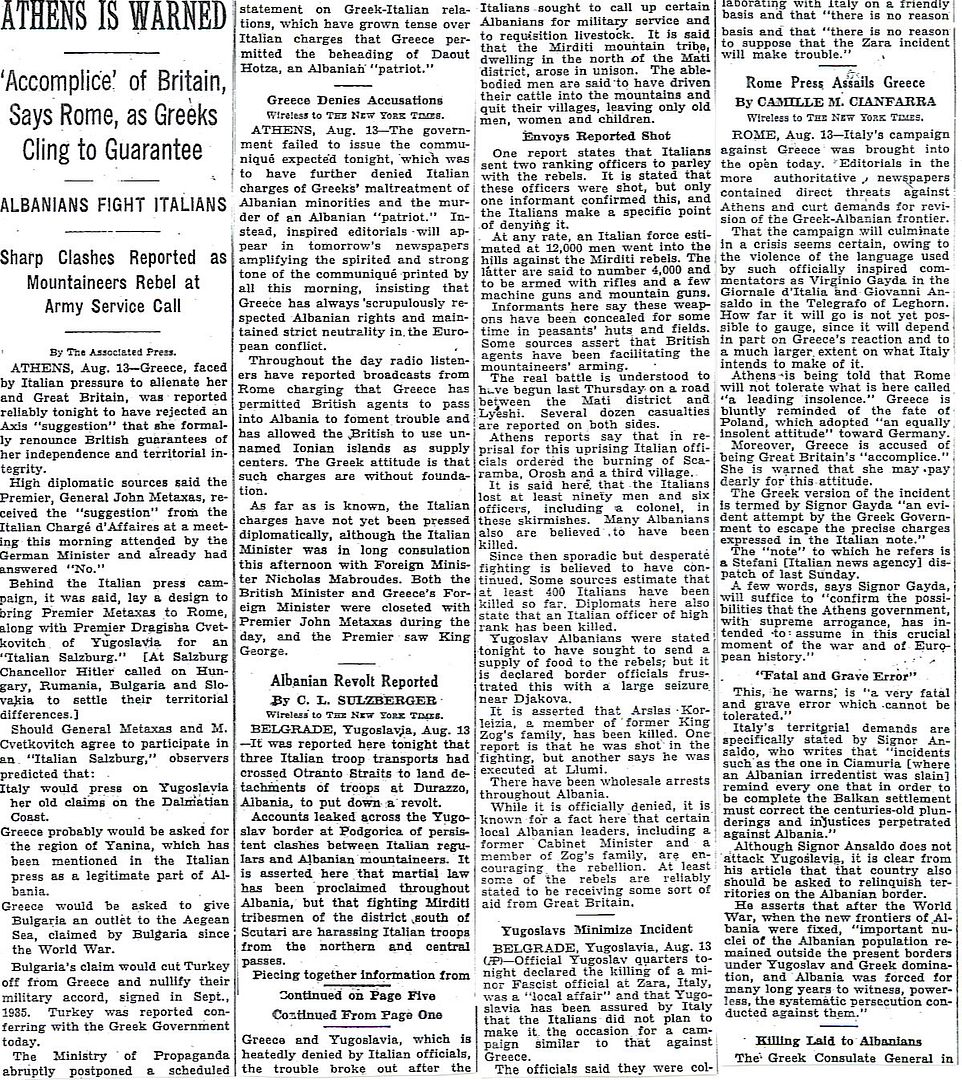
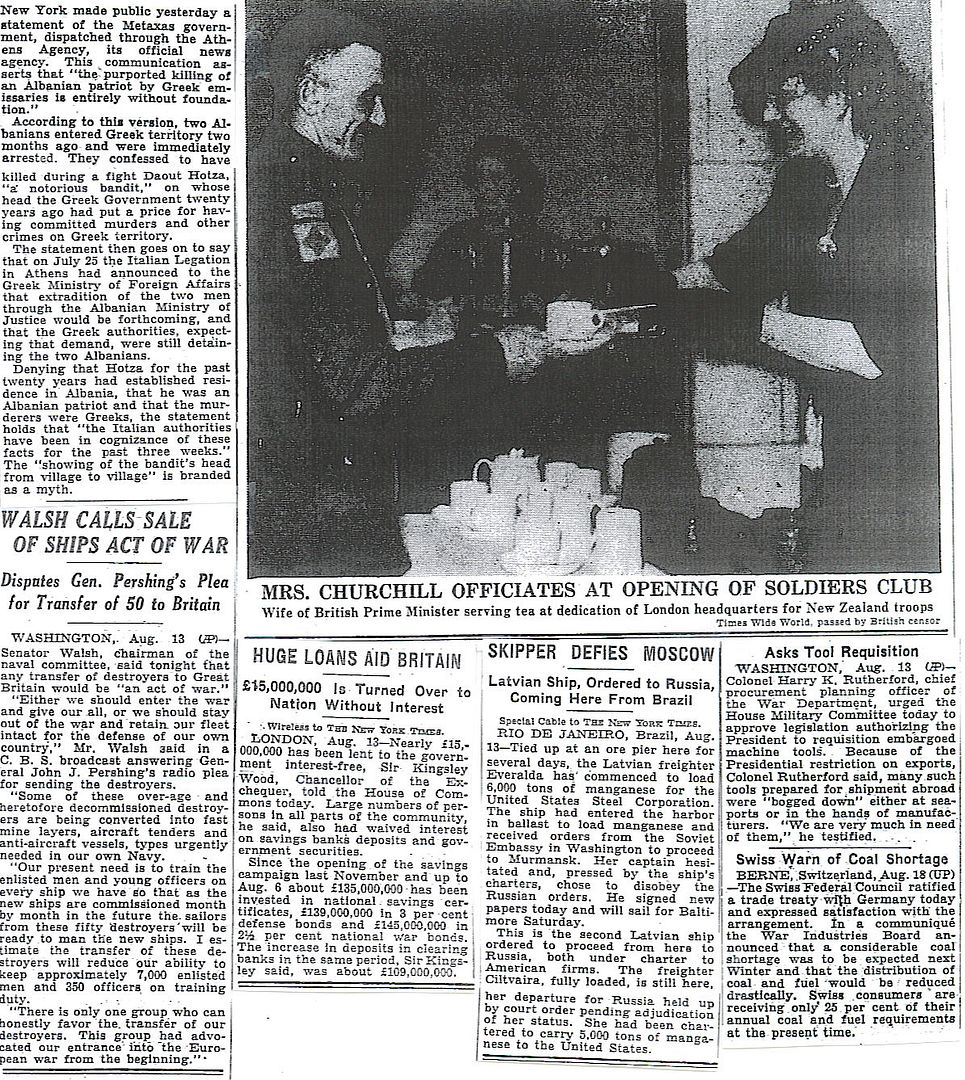
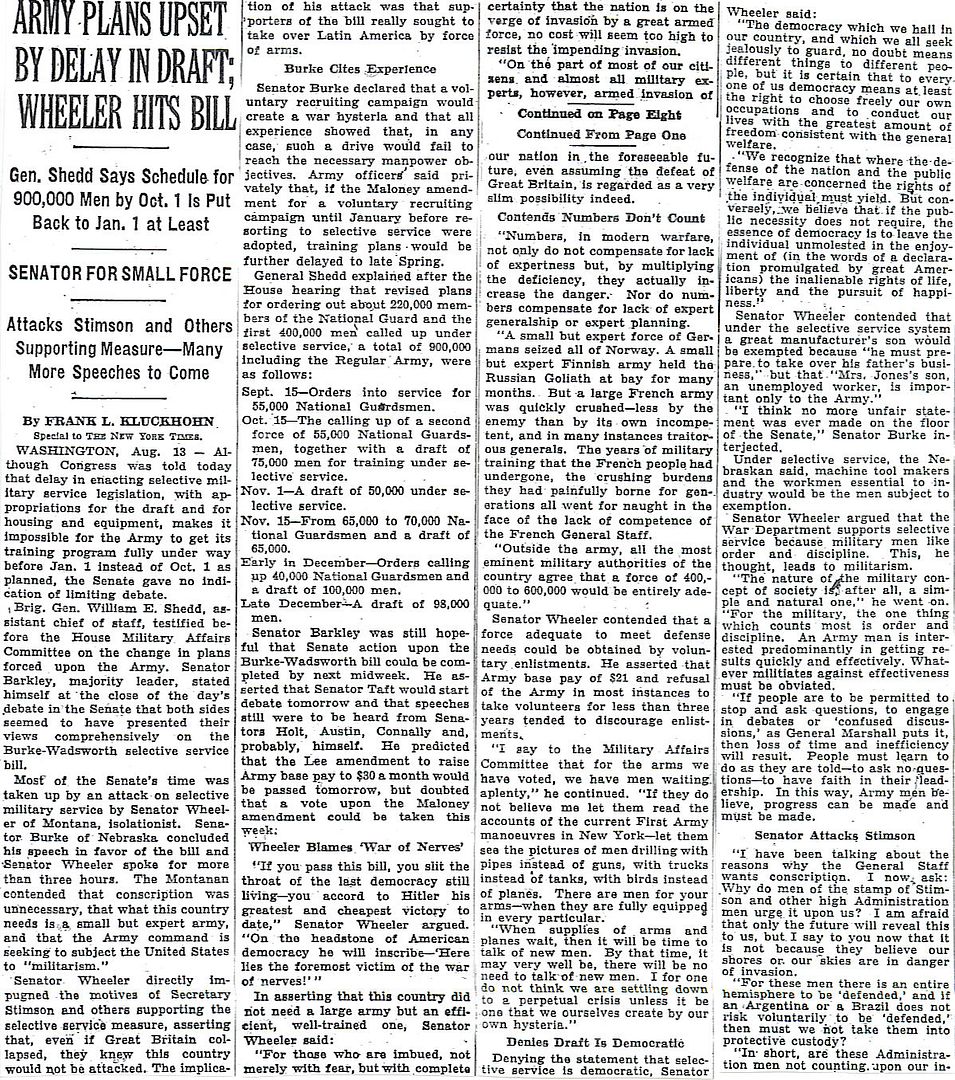
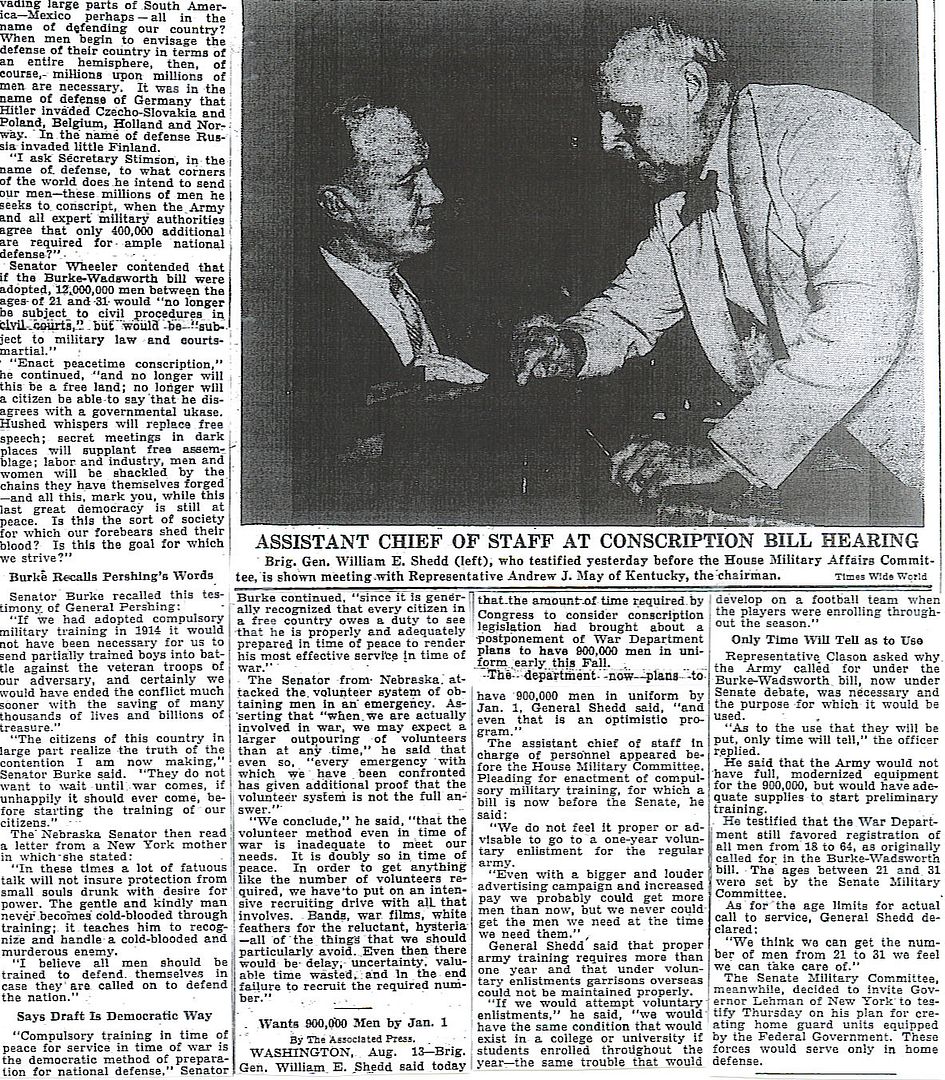
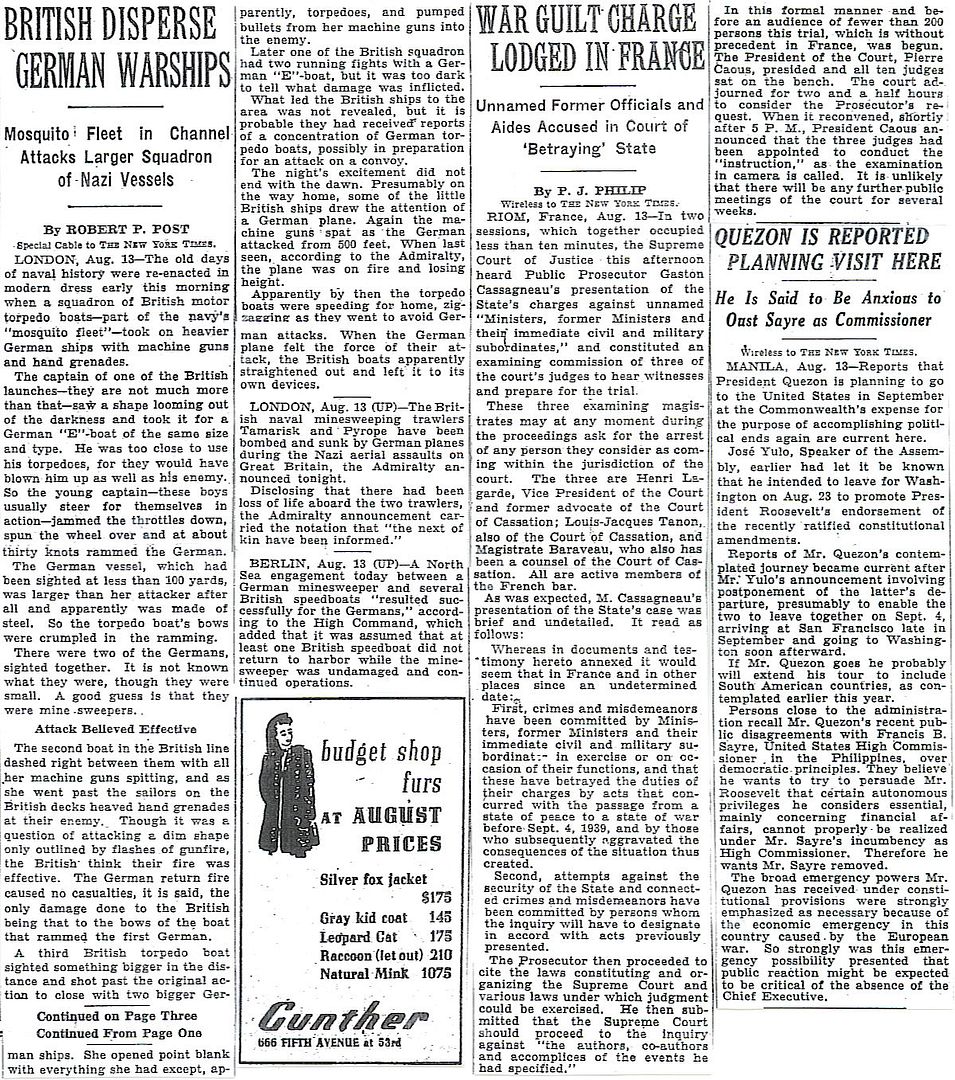
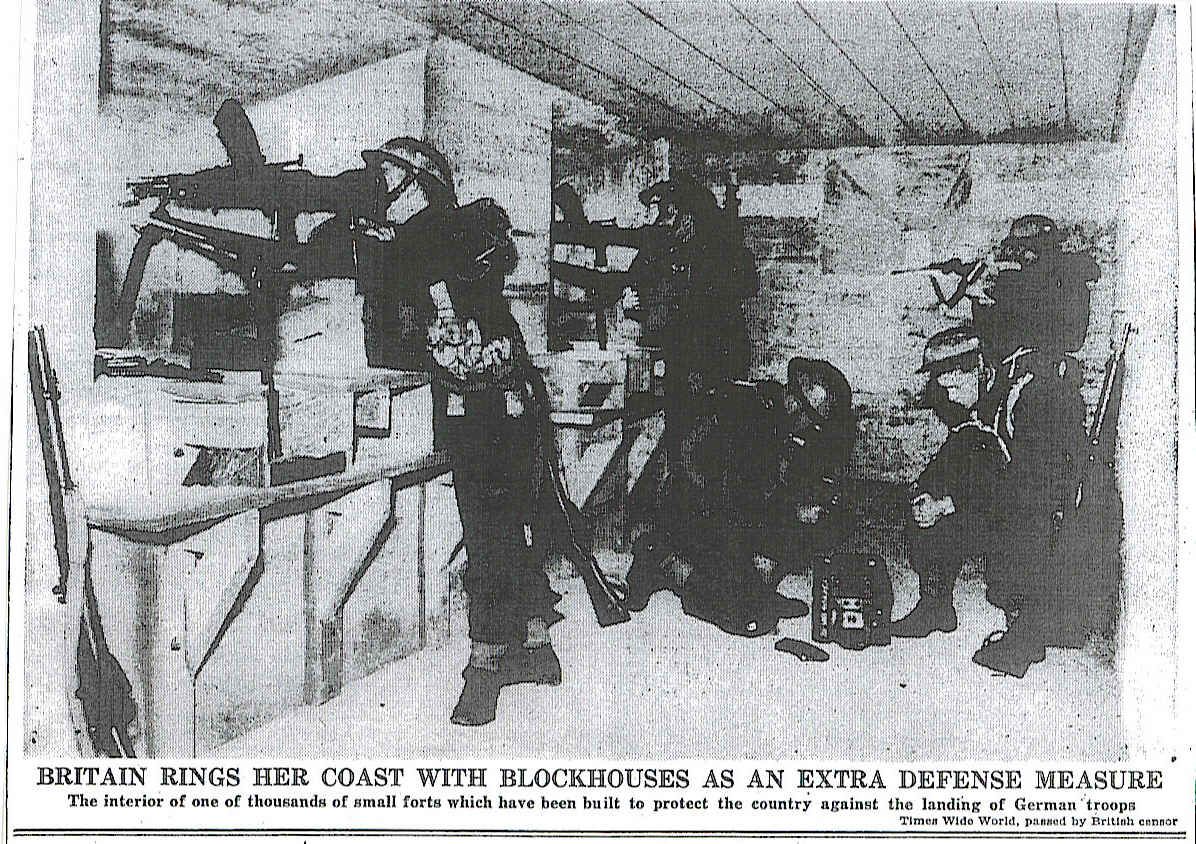
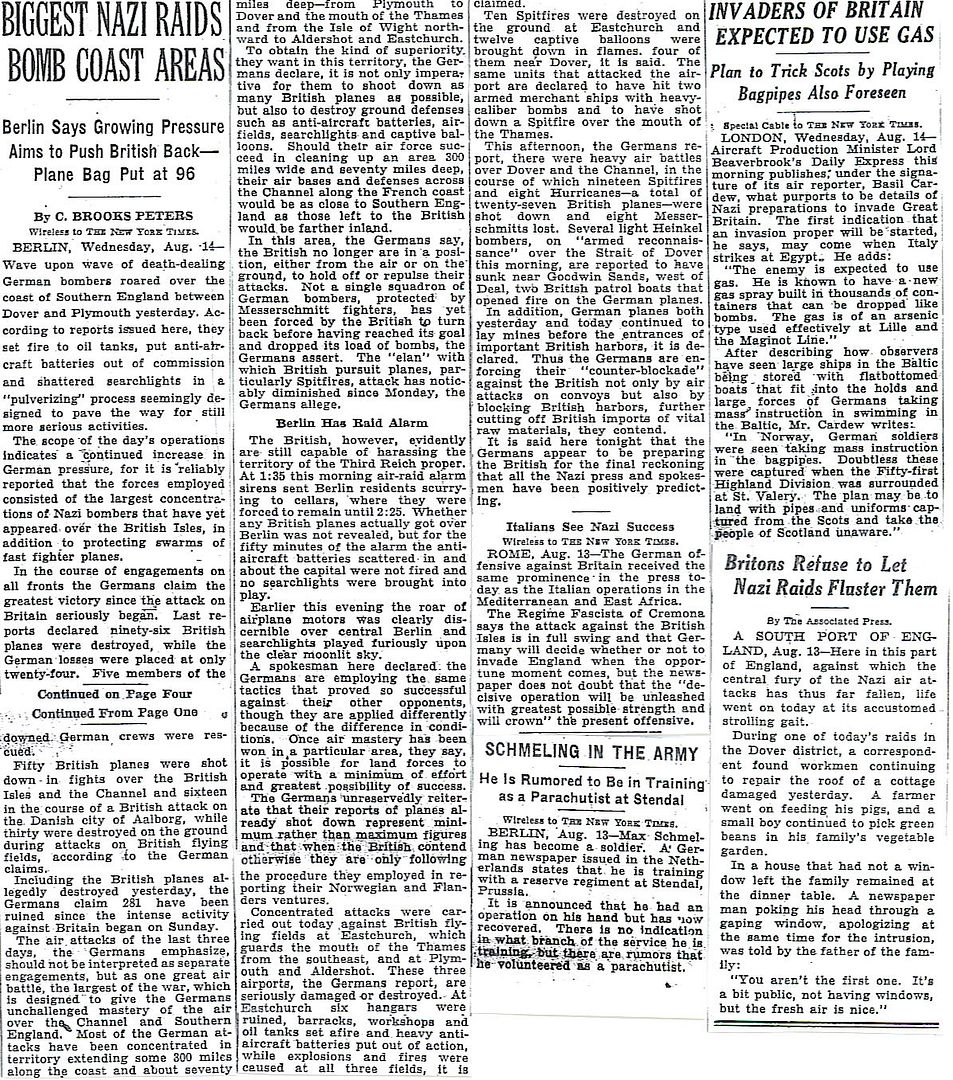
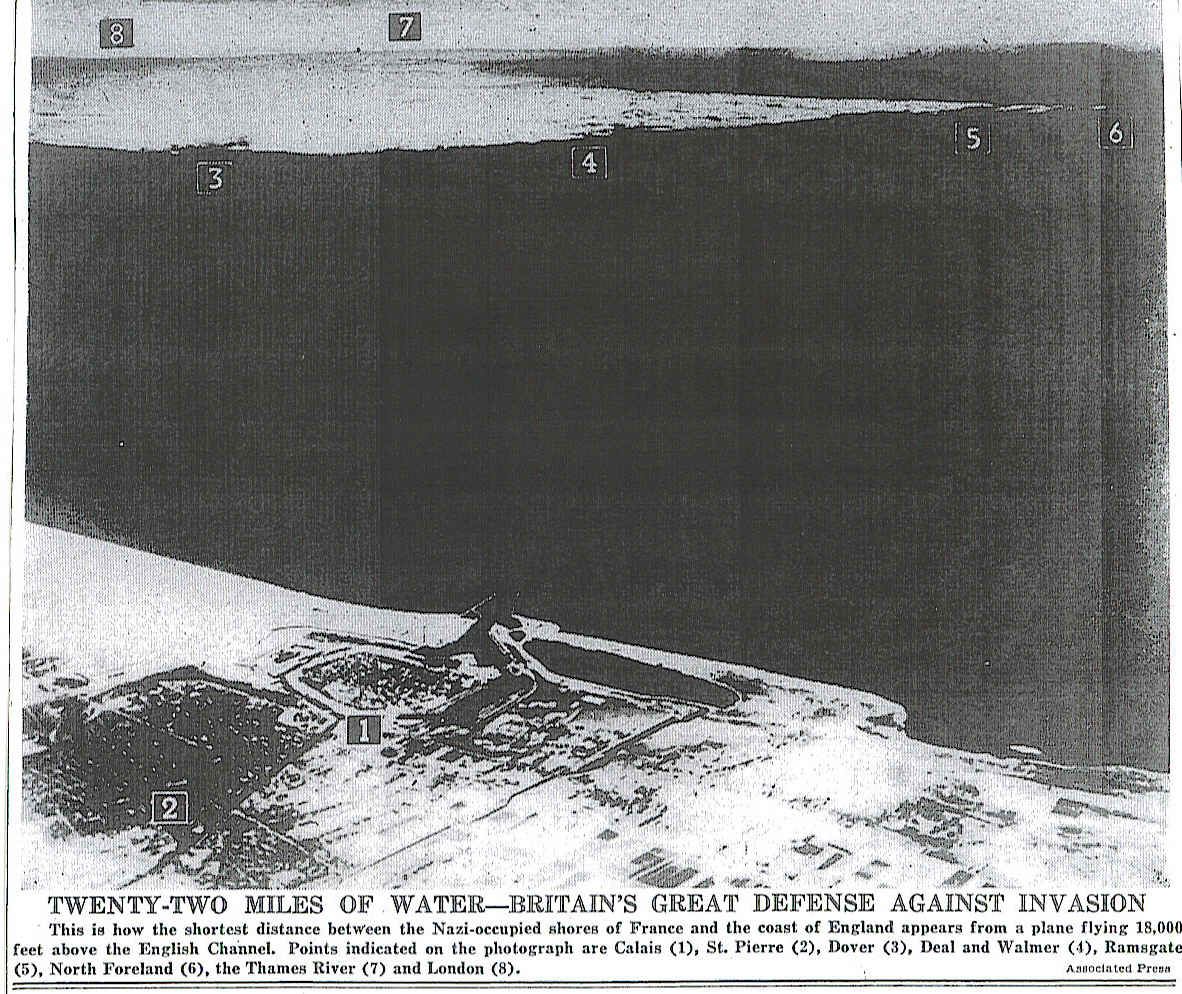
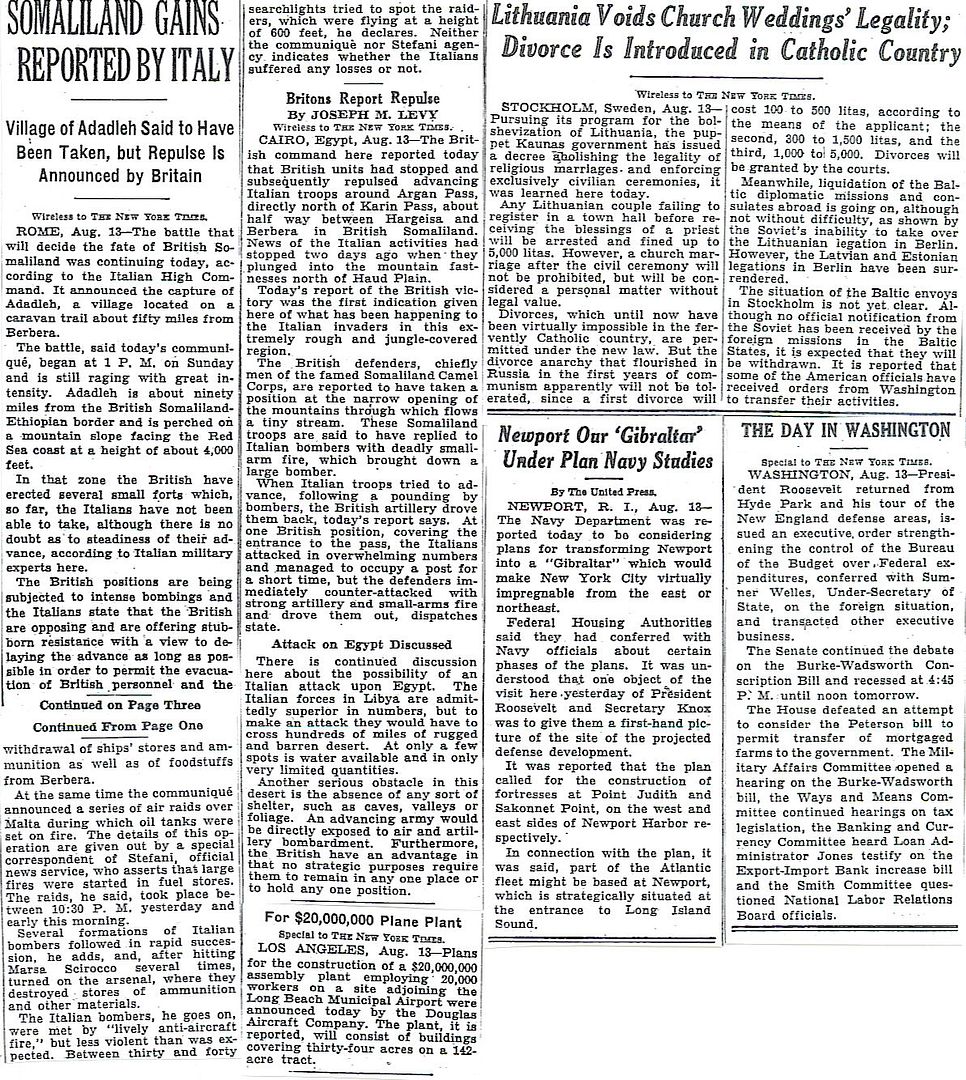
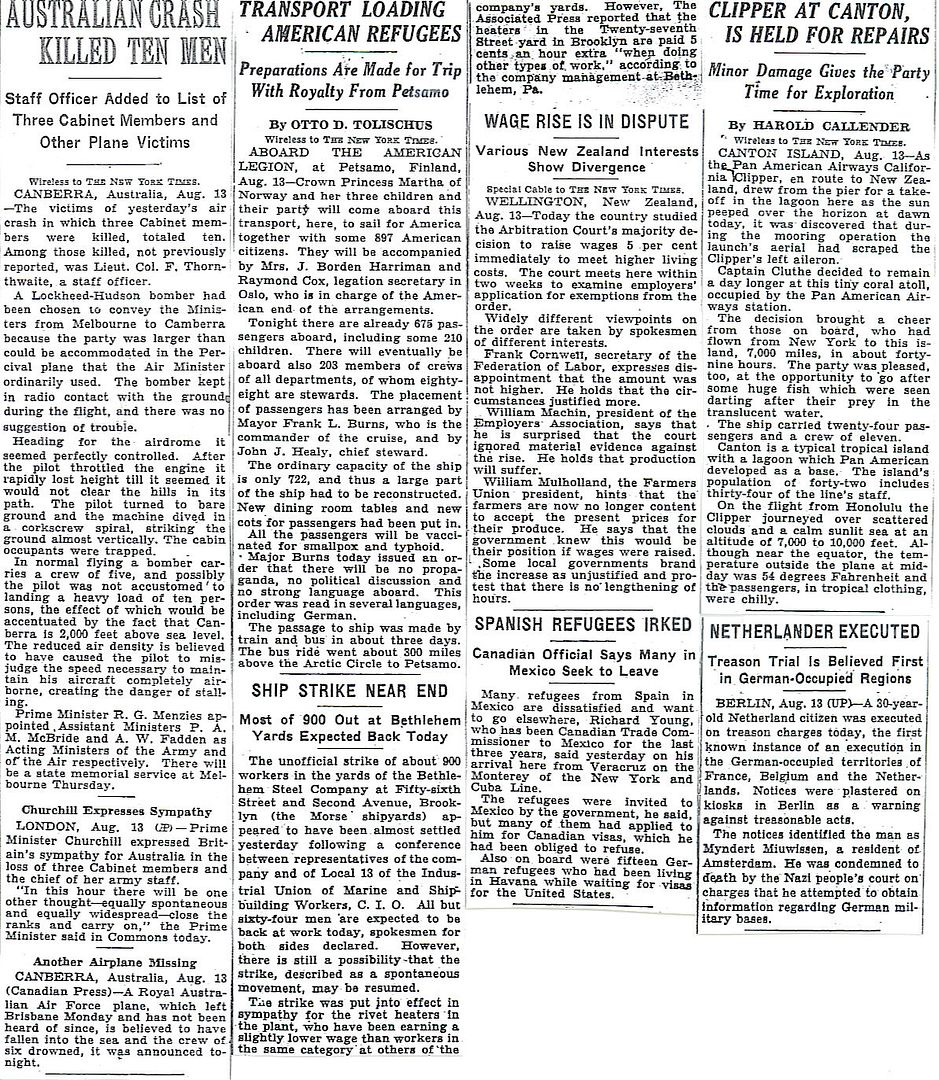
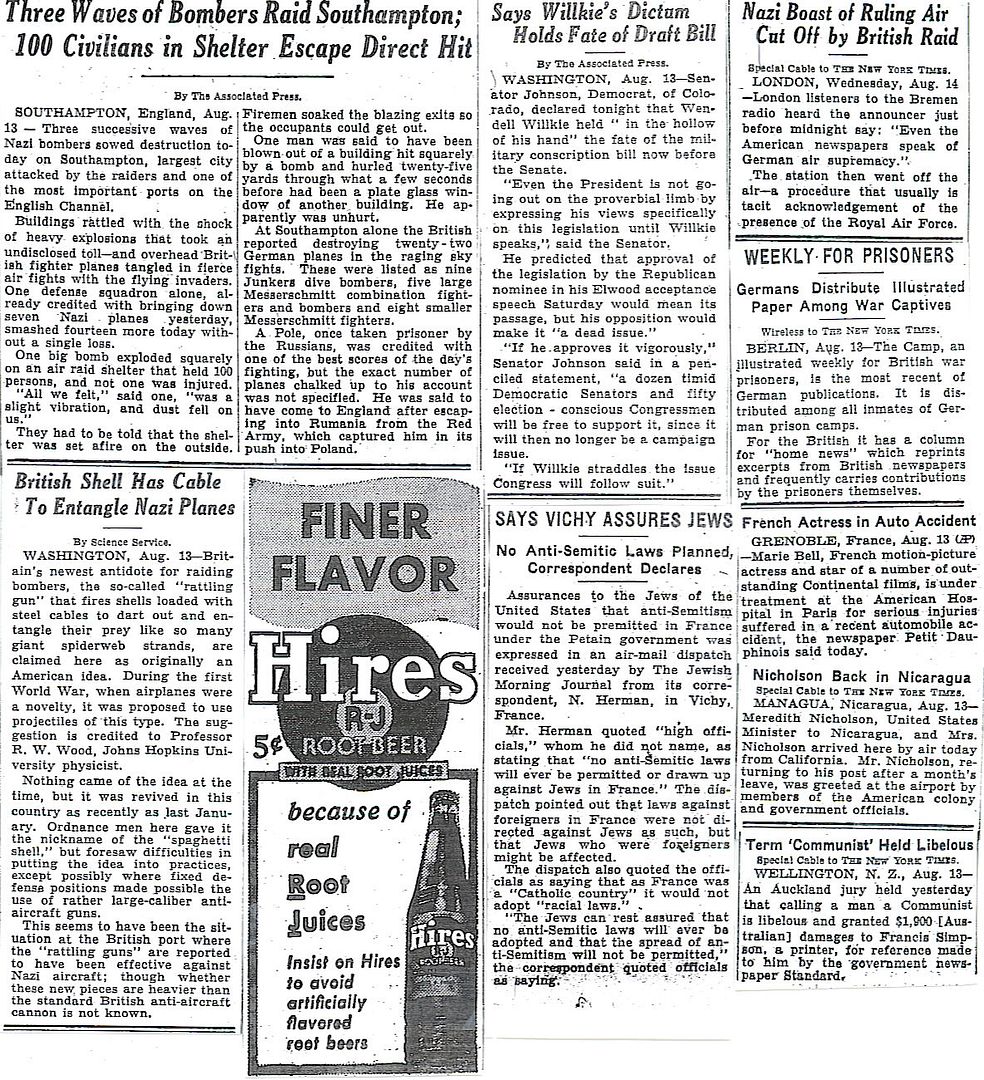
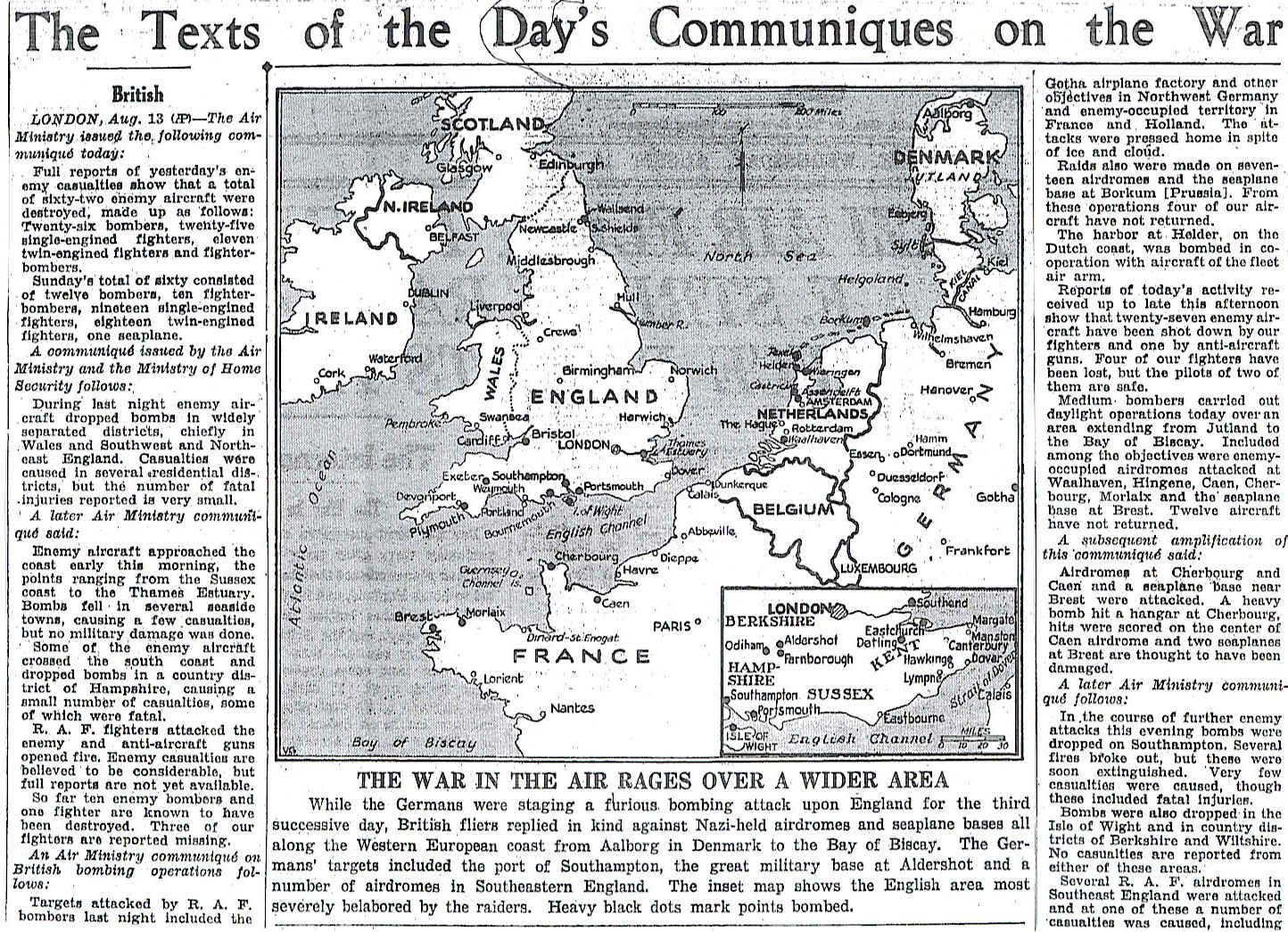
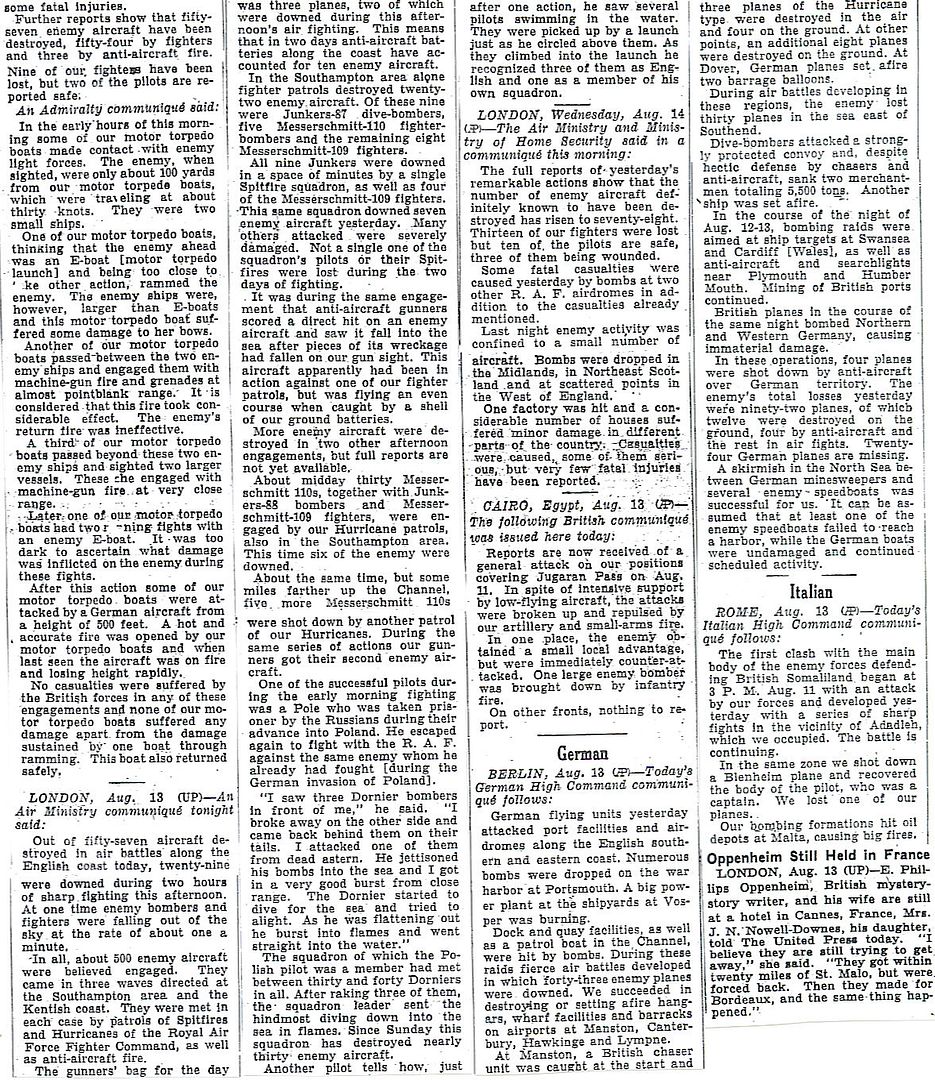
Plus a special guest map from Michael Korda’s, “With Wings Like Eagles,” showing the air defenses of England and Wales, August 1940.
http://www.onwar.com/chrono/1940/aug40/f14aug40.htm
British give secrets to Americans
Wednesday, August 14, 1940 www.onwar.com
In the United States... Sir Henry Tizard heads a British scientific mission to the United States, carrying with him details of all of Britain’s most advanced thinking in several vital fields. There are ideas on jet engines, explosives, gun turrets and above all a little device called the cavity magnetron. This valve is vital for the development of more advanced types of radar, including the versions used in proximity fuses later and the types working on centimetric wavelengths which will be vital at sea in the U-boat war. The US Official History will later describe this collection as the “most valuable cargo ever brought to our shores.”
Over Britain... The weather is less good for flying, and the Luftwaffe confines itself to small-scale operations which include raids on Hastings and Southampton. About 500 sorties are flown by each side. The RAF loses eight planes, the German 19.

http://homepage.ntlworld.com/andrew.etherington/month/thismonth/14.htm
August 14th, 1940
UNITED KINGDOM: Battle of Britain:
RAF Bomber Command: 4 Group (Whitley). Bombing -oil targets at Bordeaux and St. Nazaire - Caproni aircraft factory at Milan.
51 Sqn. Four aircraft to Bordeaux. One returned early, three bombed primary. One hit by balloon barrage on return, crew killed.
77 Sqn. Twelve aircraft to St. Nazaire. Two returned early, ten bombed primary. One hit balloon barrage on return, crew killed.
78 Sqn. Six aircraft to Bordeaux. All bombed primary.
102 Sqn. Nine aircraft to Milan. All bombed primary.
RAF Fighter Command: German effort today amounts to almost 500 sorties.
Opening with a high-speed low-level attack on Manston by Bf110s of Erpro Gr 210. Only four bombs hit the airfield destroying a Puss Moth and damaging two Blenheims. Two of the attackers were shot down by ground defences.
At 12:20 the main Stuka force attacked Hawkinge and Dover, with a detachment sinking the Gate Light Vessel killing two crew.
A mid-afternoon raid by Do17s on Pevensey was thwarted and the attackers forced to jettison their load, but a later raid on Pevensey put four bombs in the radar station.
London: The Reuters News Agency reported:
The southeast of England has been the arena of heavy dogfights. This morning more than 300 German aircraft took part in the raids; but the RAF fighters foiled the intrusion of the enemy planes. Dozens of Messerschmitt fighter planes dived from a great altitude to protect their bombers, but the British air defence was so effective that in most cases the enemy wings had to veer off and change course.
London: Sir Henry Tizard leaves for the USA with various British scientific items and ideas for development including the magnetron.
U-59 sank SS Betty. (Dave Shirlaw)
LUXEMBOURG: Germany suspends the constitution, henceforth the Duchy will be ruled by the German civil service.
GERMANY: The Wehrmacht High Command announced:
On August 13 German aerial formations made effective bombing raids on the harbour and dock installations in Wallsend, Hartlepool, Bournemouth and Plymouth, and munitions plants in Exeter and Bristol, as well as major fuel storage depots in North Killingham.
A large number of violent dogfights took place during the raids in the Channel and on England, in the course of which 74 enemy aircraft were destroyed.
Berlin: The American United Press Agency reported:
Tonight an air raid alert was sounded in Berlin at 1:35 A.M. and ended at 2:22 A.M. This was the third alert in the German capital since the outbreak of war. No explosions could be heard from the vantage point on the United Press offices, nor were any searchlights seen operating. The German Ministry of Propaganda has stated that no details may be released as yet.
U-207 laid down. (Dave Shirlaw)
CANADA: Corvettes HMCS Baddeck and Buctouche laid down. (Dave Shirlaw)
http://worldwar2daybyday.blogspot.com/
Day 349 August 14, 1940
Battle of Britain Day 36. Cloudy weather again frustrates German attempts to send big raids against the British airfields. At noon, 300 aircraft fly over the Dover Straits and attack Dover & Folkestone in Kent. Simultaneously, Manston airfield in Kent is bombed for the second day running. 65 squadron is engaged over Dover, so Manston is undefended apart from 40mm Bofors anti-aircraft guns which shoot down 2 Messerschmitt Bf110’s. At 3.45 PM, RAF Middle Wallop in Hampshire is bombed by Stukas and Heinkels (3 airmen and 1 civilian killed). German bombing damages British sloop HMS Kingfisher and tug Carbon in Portland Harbour. Germans lose 30 aircraft while RAF loses 3 Spitfires and 5 Hurricanes.
British Somaliland. British hold off Italian attacks at Tug Argan but the defenses are crumbling. Major-General Godwin-Austen requests permission from General Wavell (Commander-in-Chief Middle East) to withdraw from British Somaliland.
3 British motor torpedo boats and destroyers HMS Malcolm and Verity engage 3 German motor torpedo boats (Schnellboot) escorting a convoy of 6 trawlers off Texel Island, Holland (1 Schnellboot and 1 trawler are sunk).
At 8.34 PM, 15 miles North of Ireland, U-59 sinks British steamer Betty carrying 2726 tons of rice from China to Liverpool (30 crew killed). 4 survivors are picked up by British anti-submarine trawler HMS Man o´ War and landed at Belfast.
http://www.uboat.net/allies/merchants/ships/460.html
With the virtue of hindsight, we know that the air kill claims were way off, but it’s fascinating to see how such a titanic historical struggle was covered in the press. I certainly appreciate it.
One of the most difficult things when reading history is trying to view events from the participants point of view rather than our own. Monday morning quarterbacking has been and will be around for a long time.
Looks like Schmelling is joining the paratroops. We will have to wait until May of next year to see if that is just propaganda or if he’ll actually go into combat.
Date: 14 August 1940

Enemy action by day
In the early hours activity was limited to small patrols off Gris Nez, and one or two reconnaissance flights off the coast. At about midday, large raids approached the Kent coast and attacked Manston, Dover, Folkestone and Deal areas. These raids were intercepted and casualties inflicted. There was again a lull until 1600 hours, when a large number of small raids crossed the coast in the region of Weymouth and Lyme Bay and proceeded to the South Wales, Gloucester and Middle Wallop areas.
North and East Coasts
Only two raids were plotted in this area during the day, one of which crossed inland in the vicinity of Whitby, but flew out to sea again and faded shortly afterwards. Two sections of fighters failed to intercept.
South East Coast
At 1200 hours, five raids totalling some 300 aircraft approached the Kentish Coast between North Foreland and Dover, and it was reported that Dover and Folkestone were dive-bombed, and an attack was made on Manston Aerodrome. Eight balloons were shot down at Dover, and a Lightship was sunk off Folkestone. Our fighters intercepted these raids and inflicted casualties. The Bofors Guns at Manston shot down two Me110. After these raids had retired a considerable number of plots were detected in the Channel, which appeared to be enemy aircraft engaged on salvage operations. It was reported that an enemy surface craft and two hospital planes escorted by fighters were seen in a position off the North Goodwins Light Vessel. Of other raids plotted in this area, one appeared to make a reconnaissance of Manston and another bombed the RAF Station at Pevensey. Other raids penetrated to Kenley and Maidstone areas. One of these raids was intercepted on its way back off Dungeness, but without conclusive results.
South and West
In the morning, reconnaissances were made of Portland and Weymouth and several between Cherbourg and The Lizard. From 1600 hours, a large number of small raids of one to three aircraft came from the Cherbourg area and crossed the coast to South Wales, Gloucester and Middle Wallop areas.
By night
There was very slight enemy activity, but a He111, which appeared in North Wales, was subsequently shot down near Sealand by anti-aircraft fire. There were a few raids in Aberdeenshire and over convoys off Kinnaird's Head.

________________________________________
Statistics
Fighter Command Serviceable Aircraft as at 0900 hours, 14 August 1940
Casualties:
| Enemy Losses | ||
|---|---|---|
| By Fighters | ||
| Destroyed | Probable | Damaged |
| 7 Me109 | 5 Me109 | 2 Me109 |
| 1 Me110 | 2 Ju87 | 2 Ju87 |
| 1 He113 | 1 He111 | 3 He111 |
| 6 Ju87 | 1 Do215 | |
| 5 Ju88 | 1 Do17 | |
| 1 Do17 | ||
| 1 He111 | ||
| 1 unknown | ||
| 23 | 8 | 9 |
| By Anti-Aircraft | ||
| Destroyed | Probable | Damaged |
| 2 Ju87 | ||
| 1 Do17 | ||
| 2 Me110 | ||
| 1 He111 | ||
| 1 unknown | ||
| 7 |
Patrols:
Balloons:
Aerodromes:
Organisation:
Air Intelligence Reports
Home Security Reports
The defenders are definitely going to use gas if there is an invasion. Back on June 15th, Sir John Dill made the argument that poison gas should be used on German forces that succeeded in getting ashore that could not immediately be turned back. Though there were some objections, on June 30th Churchill received the agreement of the Cabinet on the use of gas for that purpose.
Don't forget the Freya units. Originally developed for the navy, but coastal units were being installed as early as 1939.
http://spitfiresite.com/2010/04/deflating-british-radar-myths-of-world-war-ii.html/4
The Germans were still trying to follow the rules of war. The British suffered no such constraints. I didn't comment a week or so ago on how the British were shooting down aircraft painted white and marked with red crosses which were being used in air-sea rescue operations.
I posted an excerpt from Korda's book on that subject. The planes were picking up downed fliers who could go right back into action against Britain. Dowding reasoned that, under the Geneva Convention, that made the planes fair game - red crosses or not. On the same grounds he felt that German fighter pilots would be justified in machine gunning British fliers parachuting from destroyed aircraft over England. Dowding followed the "rules of war" as he interpreted them.
The same could be said of Himmler.
Realize that this is a decision to be prepared to use gas. Germany had the same thoughts too. Over the scope of the entire war many of the different powers at one time or another had given consideration to using chemical or biological weapons. The Germans and the Japanese certainly did (with Japan using both in China) and the Allies kept it on the table as well. In the end though no one was willing to open that can of worms. We can only speculate what would have really happened has Germany made a landing.
That would be making the assumption that Himmler knew what the rules of war were which I don't believe he took much interest.
Disclaimer: Opinions posted on Free Republic are those of the individual posters and do not necessarily represent the opinion of Free Republic or its management. All materials posted herein are protected by copyright law and the exemption for fair use of copyrighted works.